Antiarthritic drugs include gold compounds that prevent and suppress arthritis in selected patients with rheumatoid arthritis and other anti-arthritis drugs that help block the inflammation and tissue damage of rheumatoid arthritis.
Antiarthritic Drugs: Generic and Brand Names
Here is a table of commonly encountered immune system drugs, their generic names, and brand names:
- Gold Compounds
- auranofin (Ridaura)
- gold sodium thiomalate (Aurolate)
- Other antiarthritic agents
Disease Spotlight: Arthritis
- Arthritis is a group of more than 100 types of joint pain or disease and related conditions involving an inflammatory process in the joints which can cause pain and bone It affects people of all ages, sexes, and races. It is the leading cause of disability in America.
- Symptoms include swelling, pain, stiffness, and decreased range of motion. Over time, this will lead to permanent joint changes.
- NSAIDs are often used in rheumatoid arthritis (an autoimmune disorder affecting the small joints) and osteoarthritis (arthritis of the weight-bearing joints common in older people).
Gold Compounds
- Gold salts treatment (chrysotherapy) is indicated for patients with rheumatic inflammatory conditions who do not respond to the usual anti-inflammatory therapies. Chrysotherapy involves macrophages taking up gold which then inhibit phagocytosis.
Therapeutic Action
The desired and beneficial action of gold compounds is:
- Inhibition of phagocytosis and release of lysosomal enzymes leading to inhibited tissue destruction. This action allows gold salts to suppress and prevent some arthritis and synovitis.
Indications
Gold compounds are indicated for the following medical conditions:
- Treatment for selected cases of rheumatoid and juvenile rheumatoid arthritis in patients whose disease have been unresponsive to standard therapy. However, they only prevent further damage and so are most effective if used early in the disease.
- Auranofin is an oral agent for long-term therapy of rheumatic disorders.
- Gold sodium thiomalate is an injected drug for early treatment of rheumatic disorders.
Pharmacokinetics
Here are the characteristic interactions of gold compounds and the body in terms of absorption, distribution, metabolism, and excretion:
| Route | Onset | Peak | Duration |
|---|---|---|---|
| Oral | Slow | 4-6 h | – |
Contraindications and Cautions
The following are contraindications and cautions for the use of gold compounds:
- Any known allergy to gold
- Severe diabetes
- Congestive heart failure
- Severe debilitation
- Renal or hepatic impairment
- Hypertension
- Blood dyscrasias
- Recent radiation treatment
- History of toxic levels of heavy metals
- Pregnancy or lactation
Adverse Effects
Use of gold compounds may result to these adverse effects:
- Skin: dermatitis, pruritus, exfoliative dermatitis, allergic reactions ranging from flushing, fainting, and dizziness to anaphylactic shock
- GI: stomatitis, glossitis, gingivitis, pharyngitis, laryngitis, colitis, diarrhea, other GI inflammation
- Respiratory: gold bronchitis, interstitial pneumonitis
- Hema: bone marrow depression
- GU: vaginitis, nephrotic syndrome
Interactions
The following are drug-drug interactions involved in the use of gold compounds:
- Penicillamine, antimalarials, cytotoxic drugs, immunosuppressive agents: potential for severe toxicity
Nursing Considerations
Nursing considerations for patients receiving antiarthritics are similar to those for patients receiving nonsteroidal anti-inflammatory drugs and related agents.
References and Sources
References and sources for this pharmacology guide for Antiarthritic Drugs:
- Karch, A. M., & Karch. (2011). Focus on nursing pharmacology. Wolters Kluwer Health/Lippincott Williams & Wilkins. [Link]
- Katzung, B. G. (2017). Basic and clinical pharmacology. McGraw-Hill Education.
- Lehne, R. A., Moore, L. A., Crosby, L. J., & Hamilton, D. B. (2004). Pharmacology for nursing care.
- Smeltzer, S. C., & Bare, B. G. (1992). Brunner & Suddarth’s textbook of medical-surgical nursing. Philadelphia: JB Lippincott.
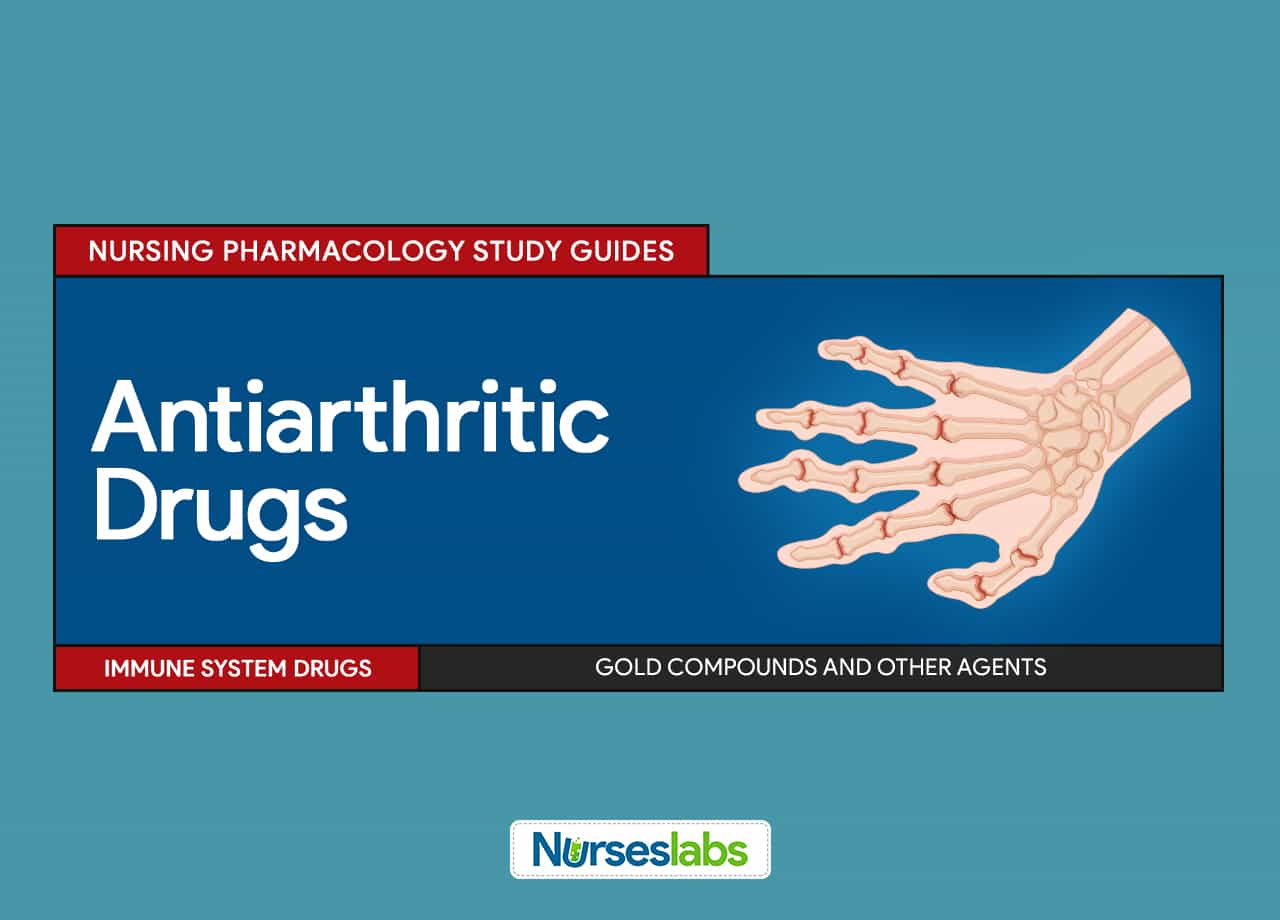

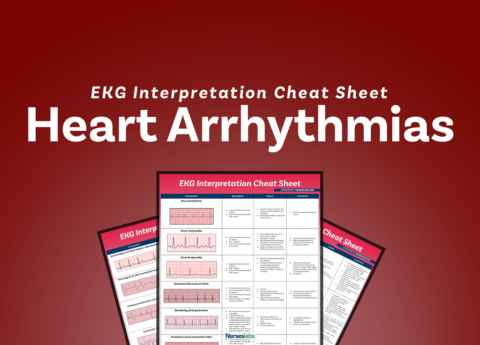



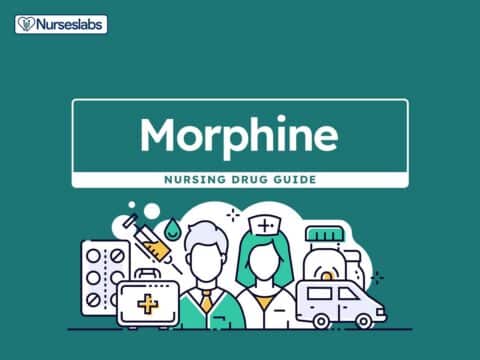

![Furosemide Nursing Considerations and Patient Teaching [Drug Guide]](https://nurseslabs.com/wp-content/uploads/2023/07/Furosemide-480x360.jpg)
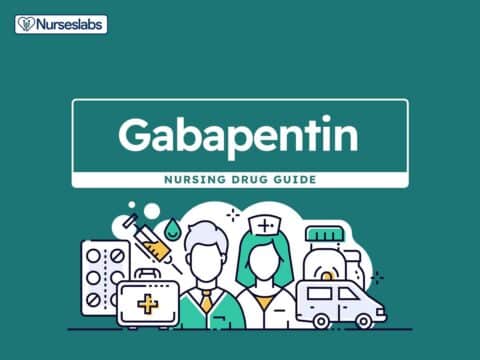
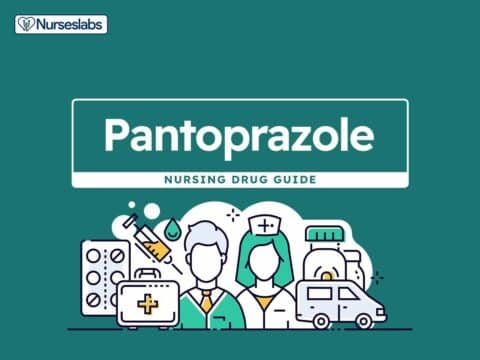
![Lisinopril Nursing Considerations and Patient Teaching [Drug Guide]](https://nurseslabs.com/wp-content/uploads/2023/03/Lisinopril-480x360.jpg)
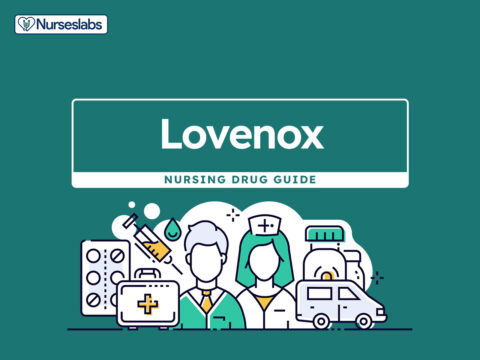
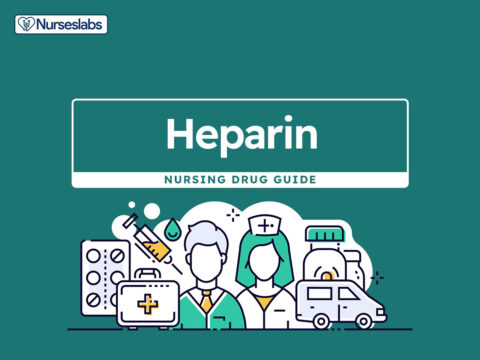
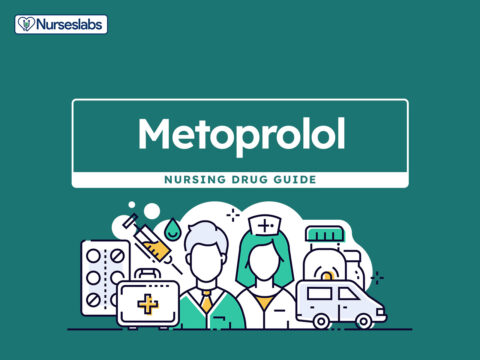
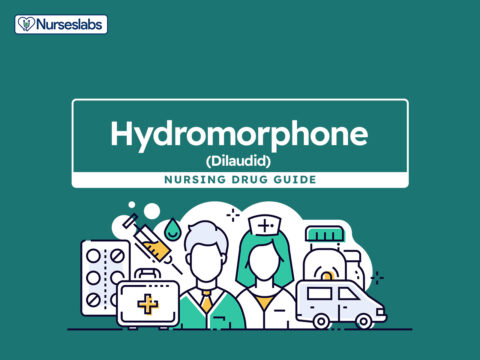
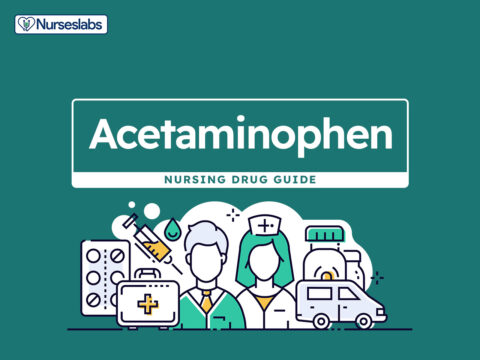

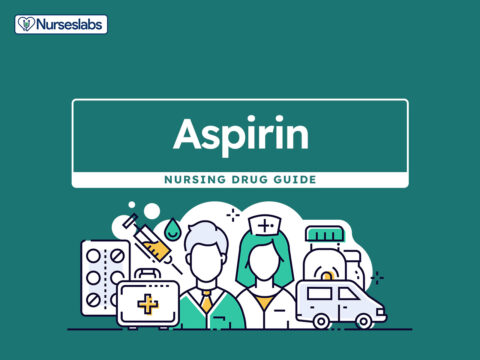
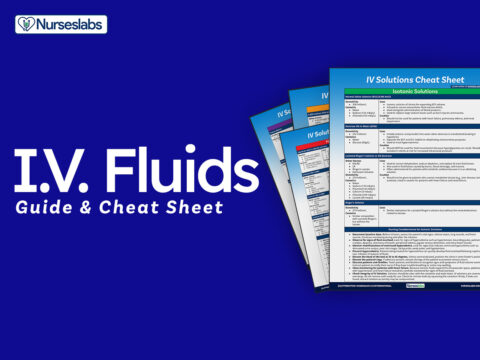
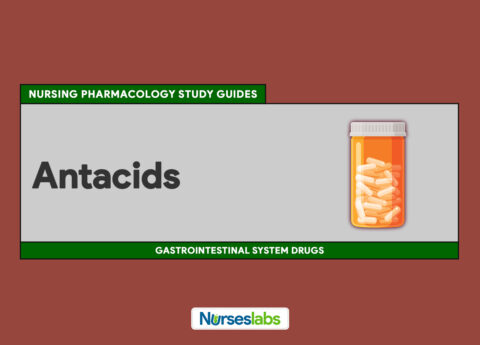
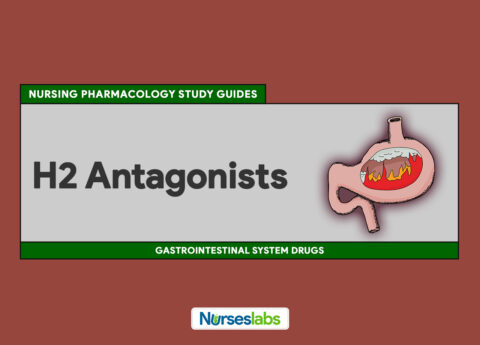
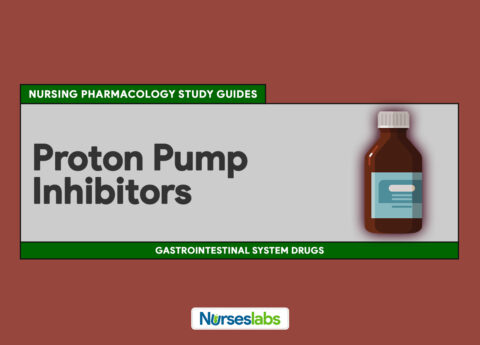
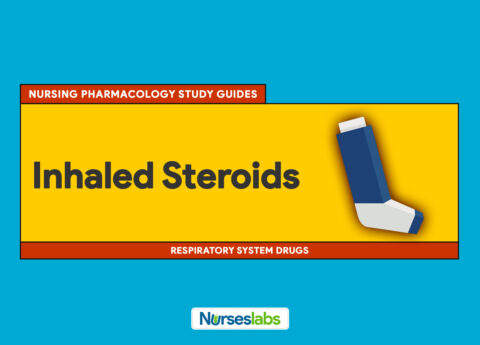
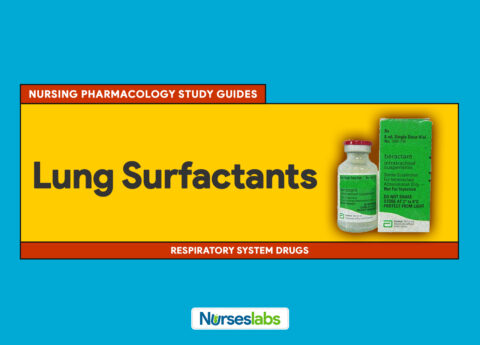

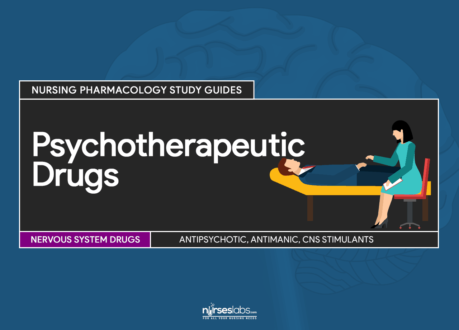





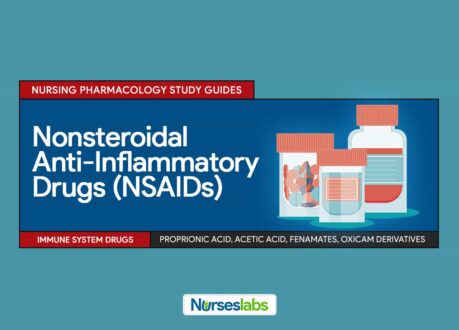
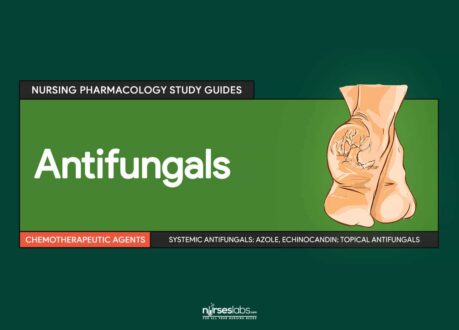
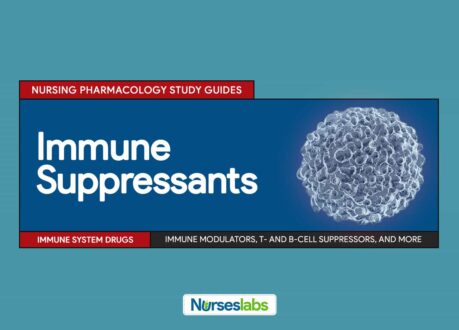
![Lisinopril Nursing Considerations and Patient Teaching [Drug Guide]](https://nurseslabs.com/wp-content/uploads/2023/03/Lisinopril-768x576.jpg)
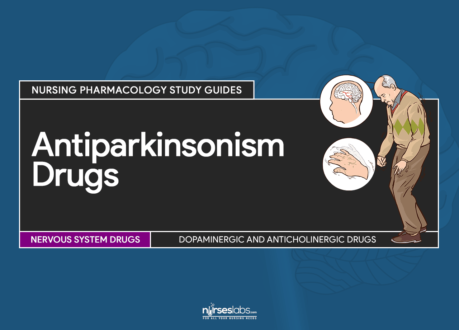
Leave a Comment